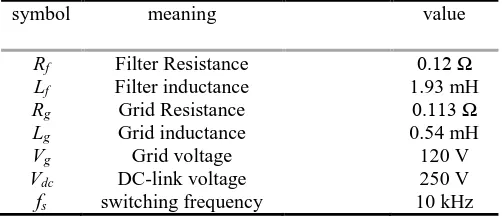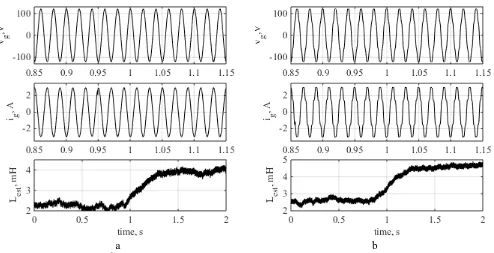Grid impedance estimation for islanding detection and adaptive control of converters
Full text
Figure




Related documents
To further clarify the regulation of VEGFR expression by TIPE, we used qRT-PCR to detect the expression level of VEGFR2 in shTIPE HCT116 cells and shRNA control HCT116 cells
Tracings of electrocardiograms (lead V4) in patients with hyperkalemic familial periodic paralysis before and during spontaneous attacks of paralysis and after disappearance of
Anti-inflammatory effects of the preparation were studied according to the below methods: S.Salamon– burn induced inflammation of the skin, caused by hot water (80 0 C) in white
Sensory characteristics Colour differences among ice cream samples with different levels of pulse protein concentrate substitution was observed by instrumental
The CVP1 peptide identified here not only could efficiently deliver exogenous molecules (includ- ing protein, DNA and RNA) into cells, but also showed higher cell-penetrating
Additional file 1: Table S1 : Comparison of the percentage nucleotide identity and (amino acid identity given in parentheses) of Equine Picobirnavirus detected in a diarrhoeic foal
In this paper we describe how a participatory, multi- method, continuous informed consent process developed by researchers, study participants and community stake- holders during
The aim of this study was to identify the percentage of cases treated with four first premolar extractions in a large sample of Class I patients and to suggest which of the





